Both Andor and The Acolyte are two of the Star Wars shows with darker tones, but Andor's tone works better for one key reason. The Acolyte certainly didn't deserve all the hate it received, and the backlash to The Acolyte was often vitriolic. Even so, it's true that there were various flaws with the show, ranging from its redundant episodes regarding what happened on Brendok to the plot leaning too heavily on plot twists.
Andor, by comparison, is easily one of Star Wars' best TV shows, and Andor season 2 is primed to be just as good—if not better. What makes this comparison particularly interesting is the fact that both shows have similar aims of bringing a darker, more serious tone to the franchise. However, this approach worked brilliantly for Andor, but it fell a bit flat in The Acolyte for one reason in particular.
Andor's Darker Tone Is Set On Fighting Fascism, A Core Star Wars Idea
Andor Is Effectively A Darker Take On The Story Of A New Hope—As Was Rogue One
Part of what makes Andor's darker tone so effective is that the show stays true to the original ideas and messaging of Star Wars, just as Rogue One: A Star Wars Story did. That is, Andor is about the boots-on-the-ground efforts to stop the Empire and, by nature of that, push back against fascism. This is precisely the story of A New Hope (and the original trilogy in general) but from a new perspective.
Andor is about the boots-on-the-ground efforts to stop the Empire and, by nature of that, push back against fascism.
Whereas the original trilogy was about hope above all else—as the title of A New Hope makes quite clear—Andor's focus is on the realistic brutalities of war and fighting back against oppression. Andor is especially centered on those who are everyday people and not exceptional Force-users or individuals destined for something as massive as restoring the Jedi or rebuilding the Republic. This makes the darker tone work, just as it did in Rogue One, because it's a brand-new lens on the Star Wars story of pushing back against oppression.
The Acolyte Is Too Empathetic With The Enemy
Qimir, Osha, And Mae Were All Sympathetic... And The Lines Of Good And Bad Were Blurred
Although The Acolyte also had a darker tone, one of the issues was the show's degree of sympathy for and ambiguity about its villains. A certain level of sympathy for villains makes for an excellent story. After all, Darth Vader's redemption arc, which is at the core of the original trilogy, requires that the audience have empathy for him. There are countless other examples of this in Star Wars as well.
The problem with The Acolyte was that it had such extensive sympathy for its villains and blurred the lines between good and evil so much that it was difficult to suss out who the true villain was, even by the end. Initially, it seemed like Mae was the undeniable villain, given she was running around killing Jedi. However, the show then revealed that she had actually been framed by the Jedi when she was just a child, after they had also killed everyone in her coven, including her mother right in front of her.
The problem with The Acolyte was that it had such extensive sympathy for its villains and blurred the lines between good and evil.
Osha becomes a villain over the course of the show, but because we see her transformation and what caused her fall, it's clear that this isn't a black-and-white issue, as was the case for Anakin Skywalker/Darth Vader. Even Qimir, as a Sith, wasn't entirely devoid of a sympathetic story arc, as he'd clearly had some sort of tragic event with his former Jedi Master and was just likable in general. In fact, he was arguably the most popular character in the entire show, which doesn't mean he isn't evil but does make him more sympathetic.
The reverse was also true. Although the Jedi are the undeniable heroes of Star Wars in terms of the franchise's larger narrative, in The Acolyte, they don't come out looking all that great. Master Sol is the most obvious example of this, as he was the one who killed Mother Aniseya, framed Mae, and manipulated Osha for years. Even Vernestra Rwoh has a questionable relationship with 'good' in light of her decision to completely cover up what really happened with the Jedi and the Witches of Brendok.
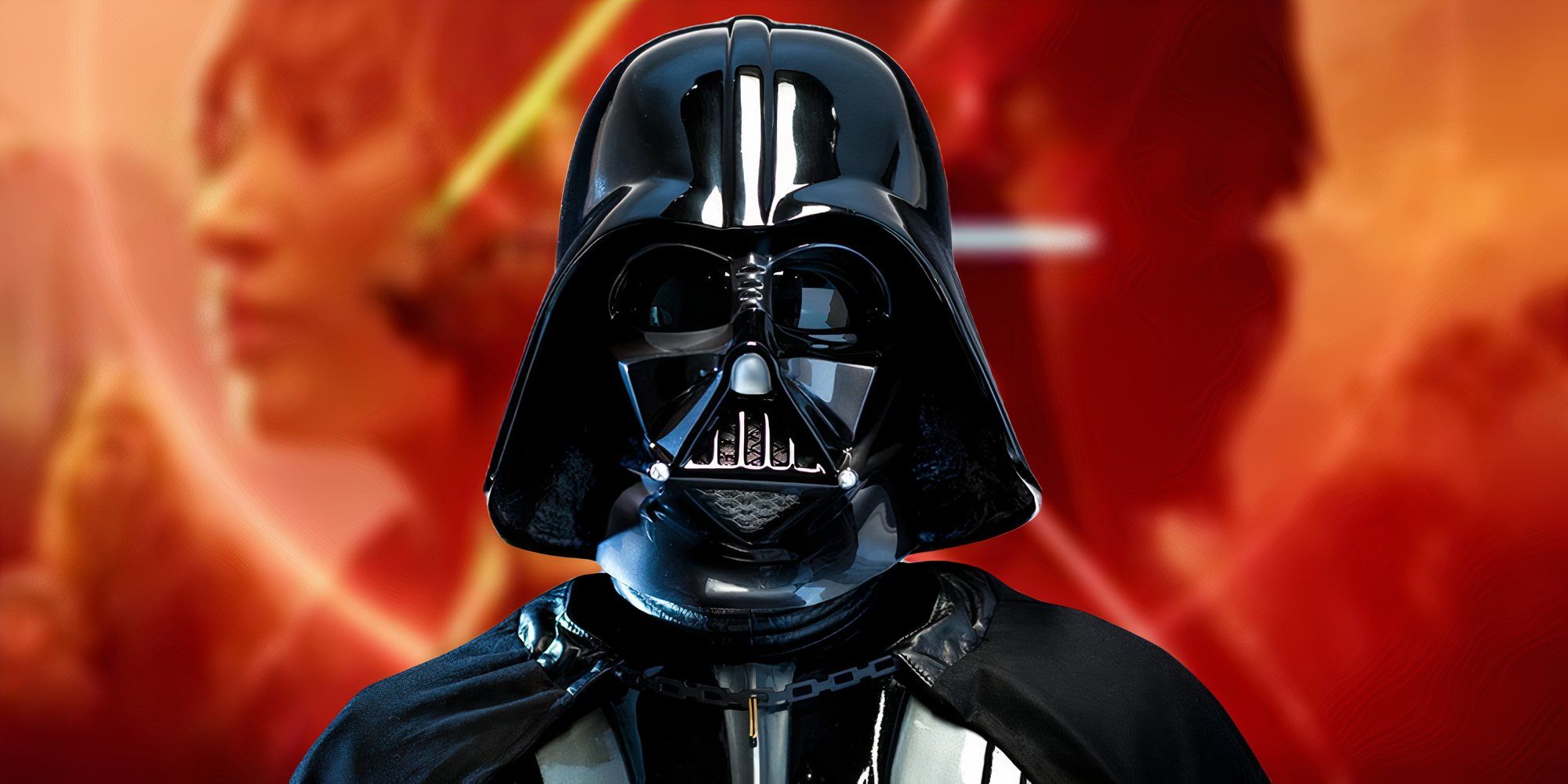
Related
The Acolyte Ending Explained: The Shadow Of Darth Vader Descends In The High Republic Era
The Acolyte episode 8 wraps up season 1 of the High Republic show by casting the shadow of the dark side, and Darth Vader, over the Jedi Order.
Despite Its Tonal Shift, Andor Is Still Truer To Star Wars Than The Acolyte
Star Wars Has Always Been About The Good Standing Up To (And Defeating) Evil
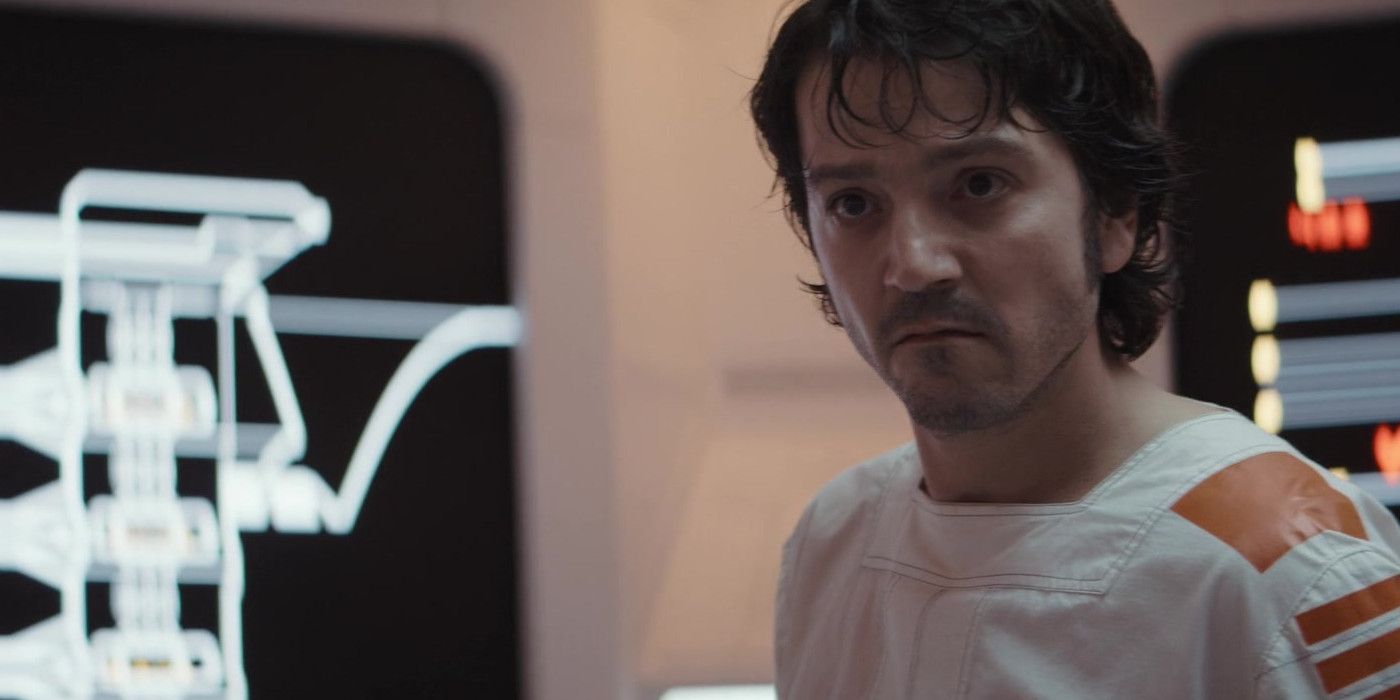
Ultimately, Andor is simply more in keeping with the underlying message of Star Wars than The Acolyte is. There's plenty to be said about the benefits of sympathetic, complex villains and moral ambiguity. Part of the problem is, Star Wars has always been about good versus evil, whether that's the Jedi versus the Sith or the Rebellion versus the Empire.
Admittedly, The Acolyte was also cut short before it could really prove its messaging. It was clear that the creators of the show were planning for and even betting on a second season, which may have reinforced similar messaging to Andor. In light of The Acolyte not getting a second season, though, Andor's darker tone works so much better.
-

Andor
Release Date September 21, 2022
Showrunner Tony Gilroy
Writers Tony Gilroy, Dan Gilroy, Beau Willimon, Stephen Schiff
-
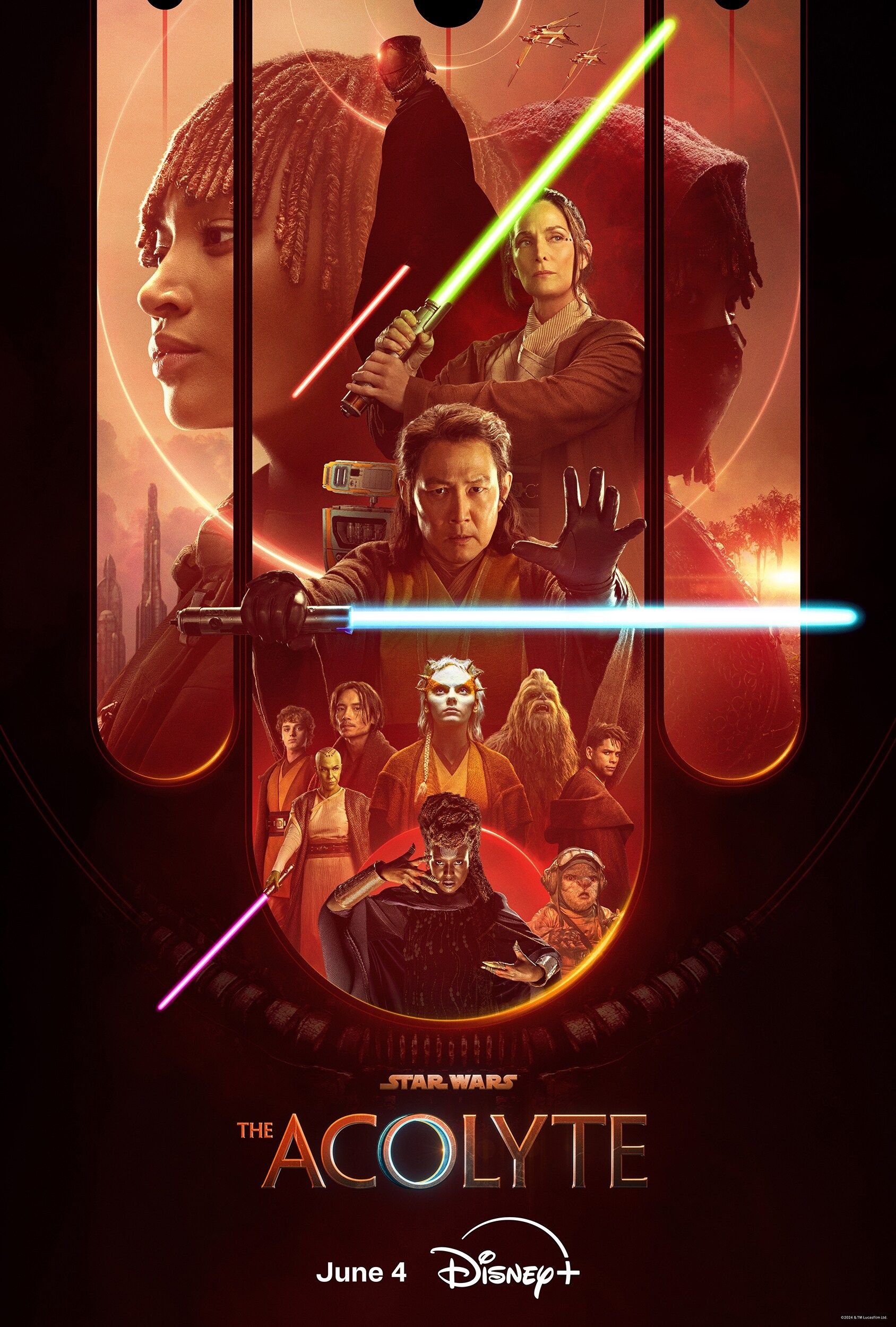
The Acolyte
Release Date 2024 - 2023
Showrunner Leslye Headland
Directors Leslye Headland, Alex Garcia Lopez
Writers Leslye Headland, Charmaine De Grate, Kor Adana

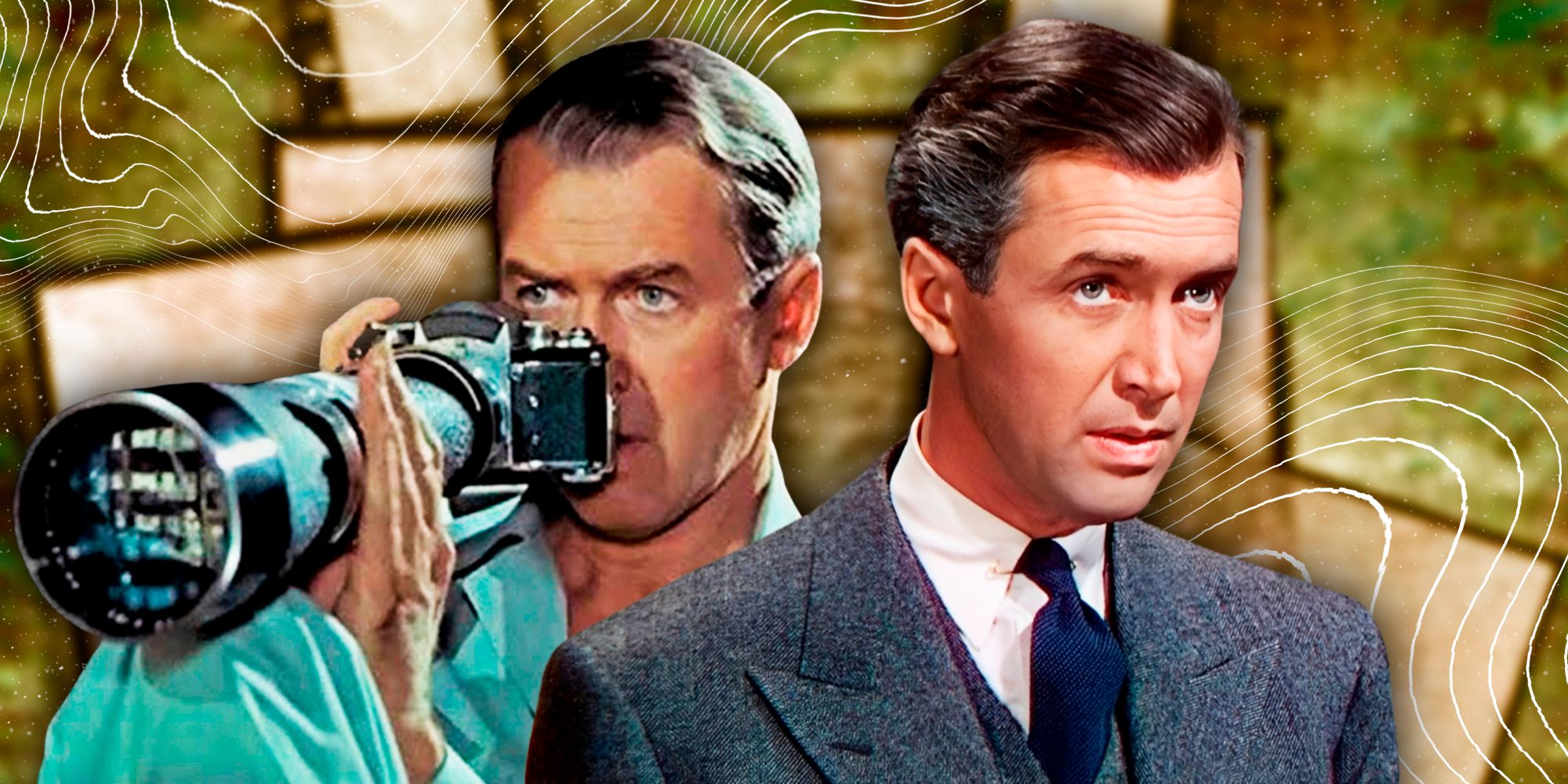
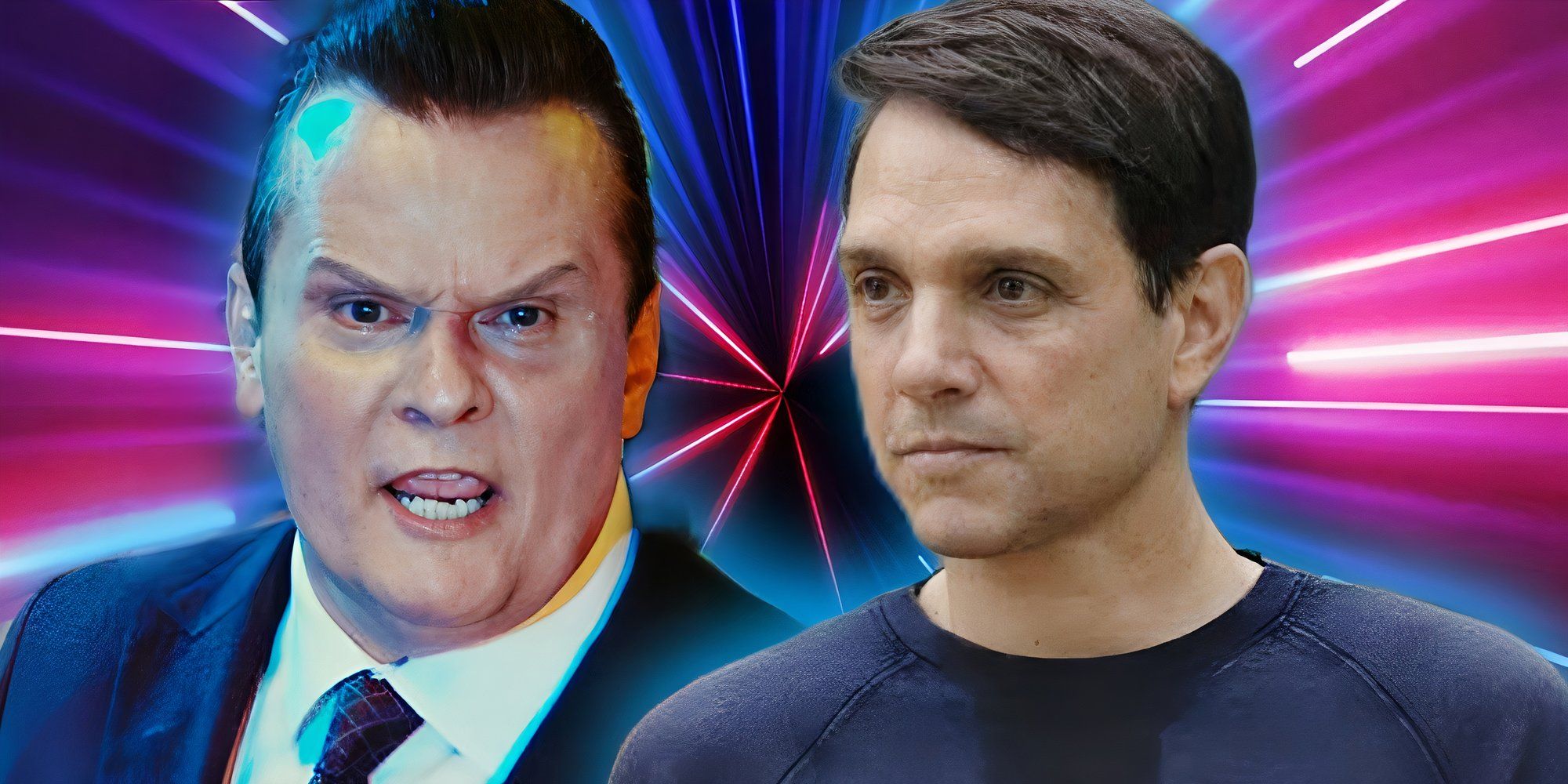
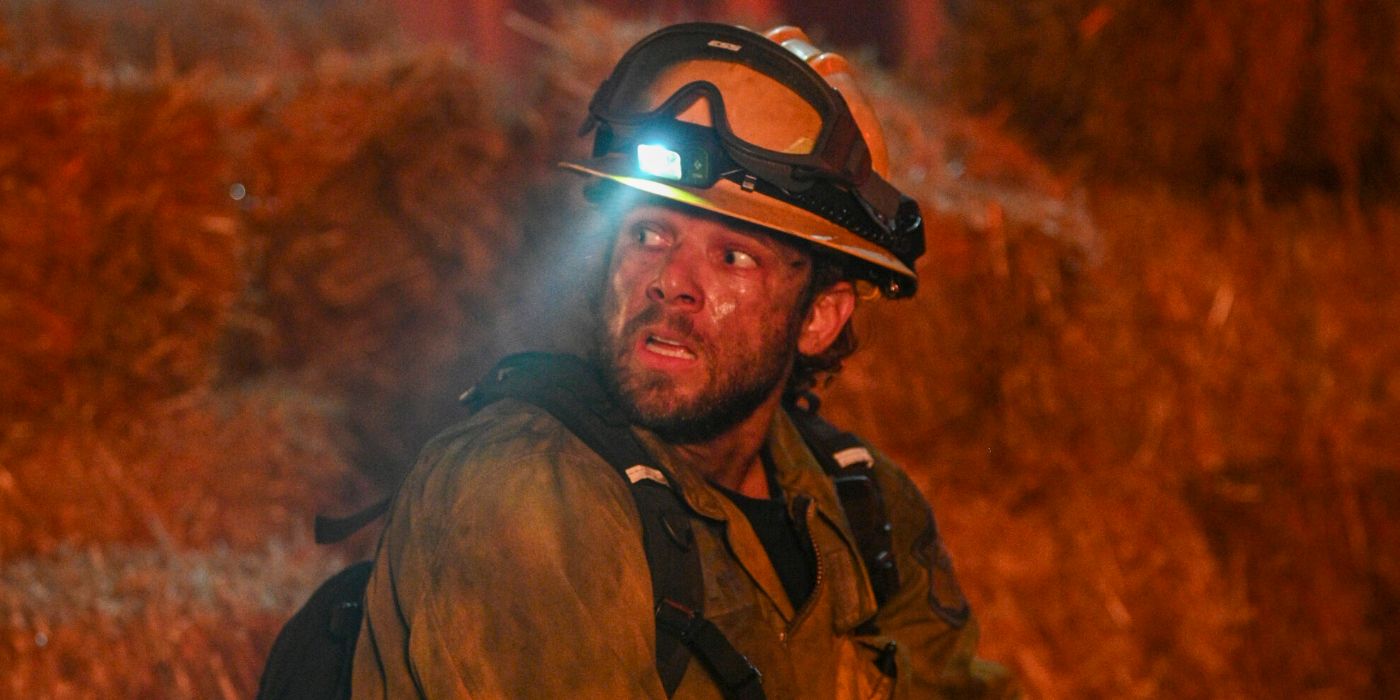
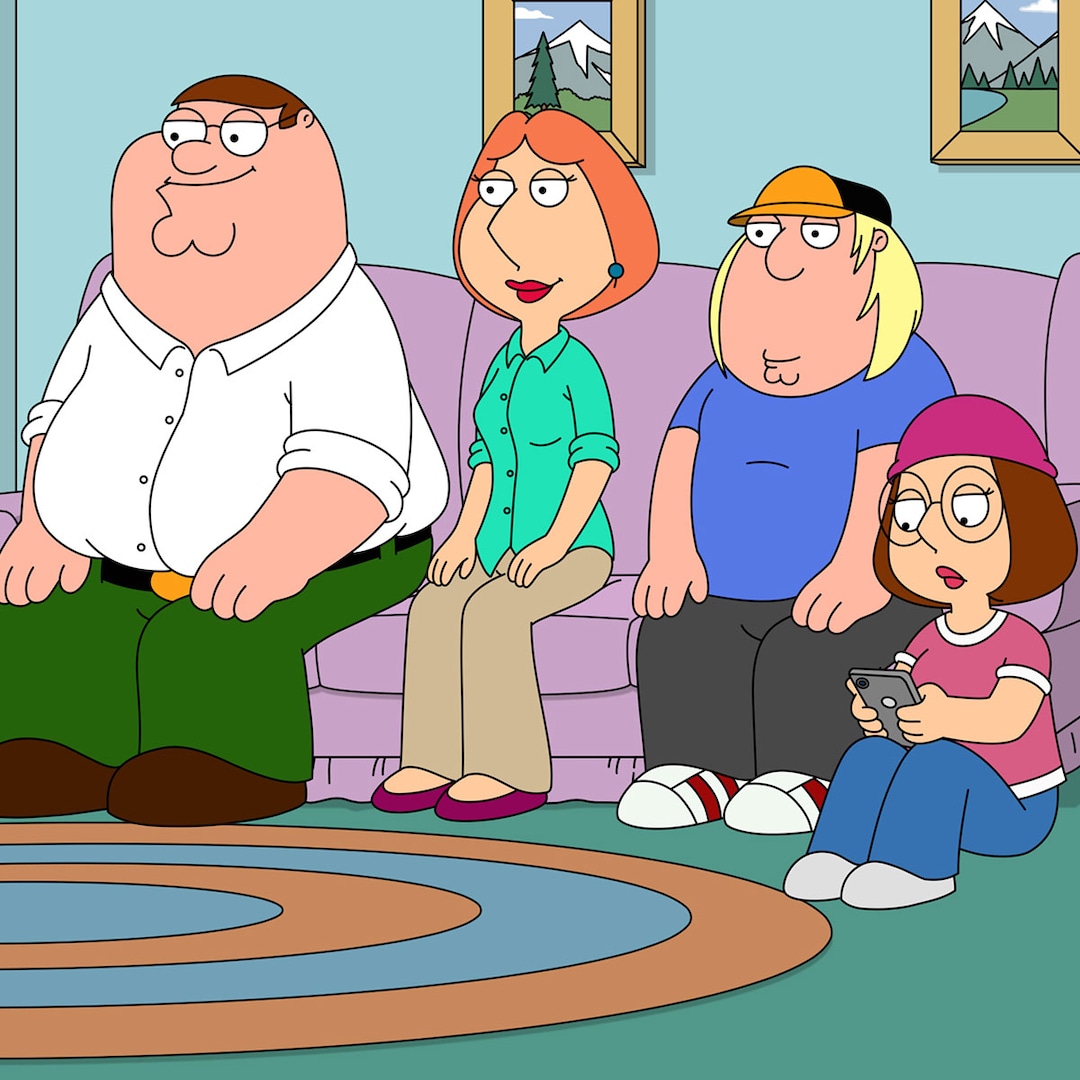

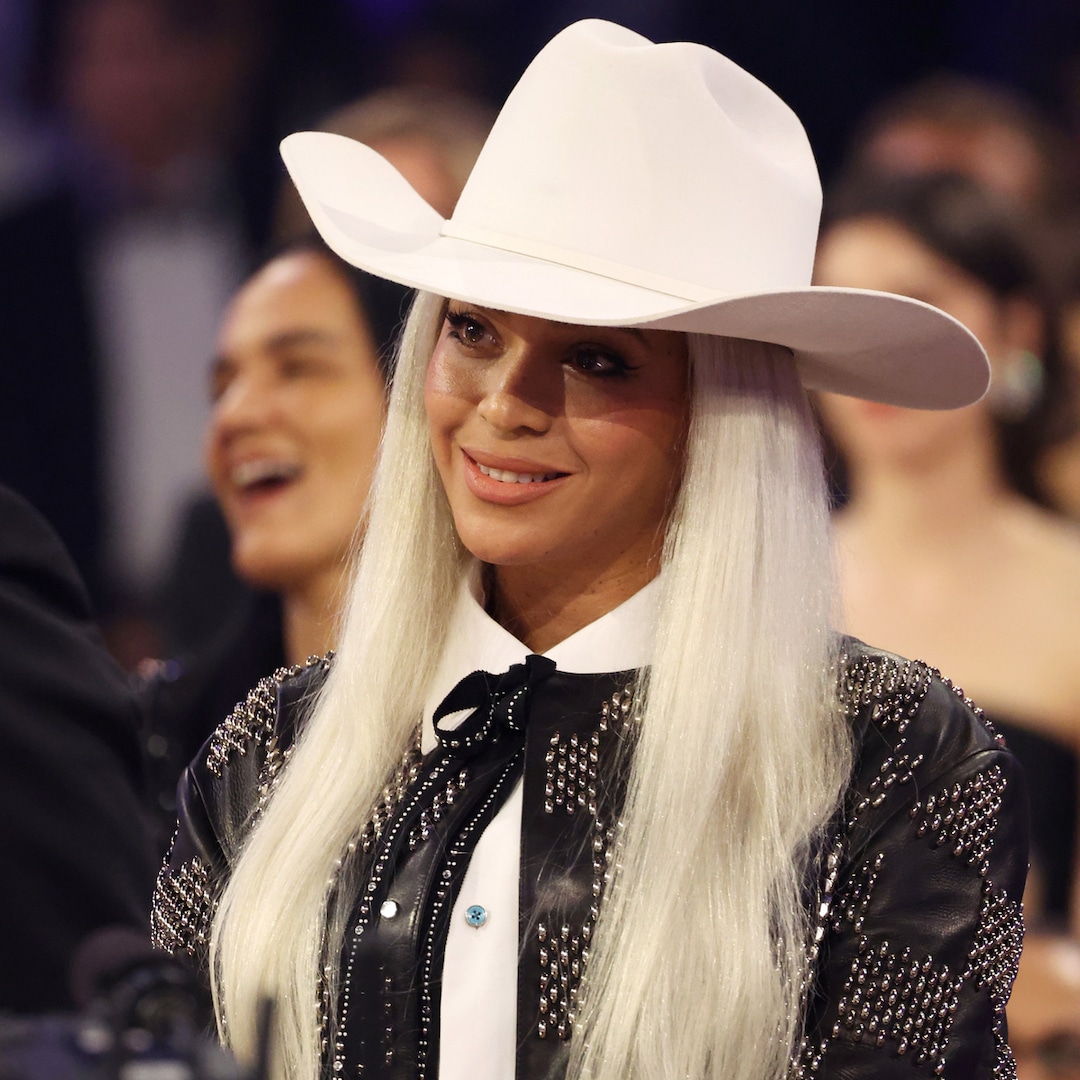


 English (US) ·
English (US) ·